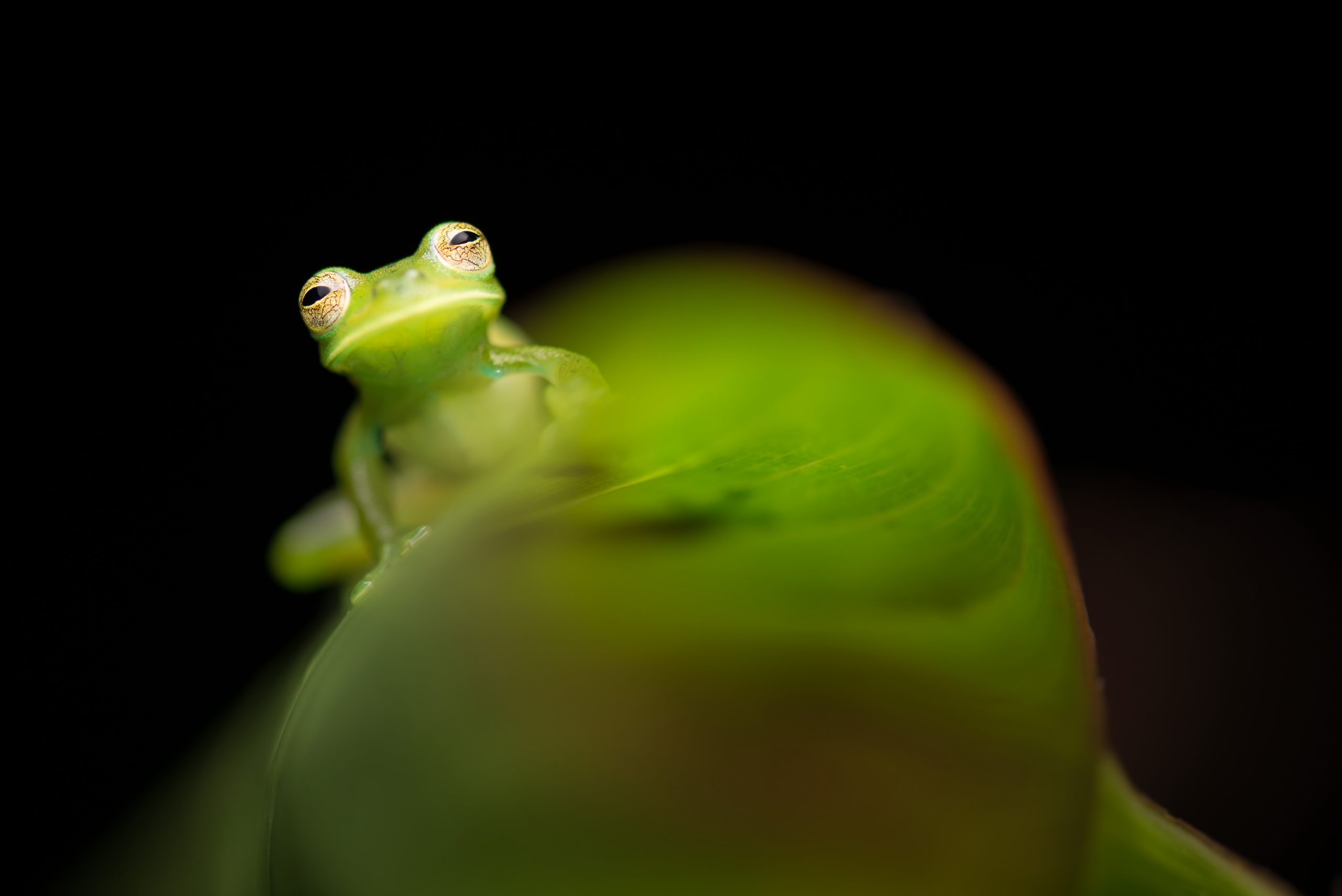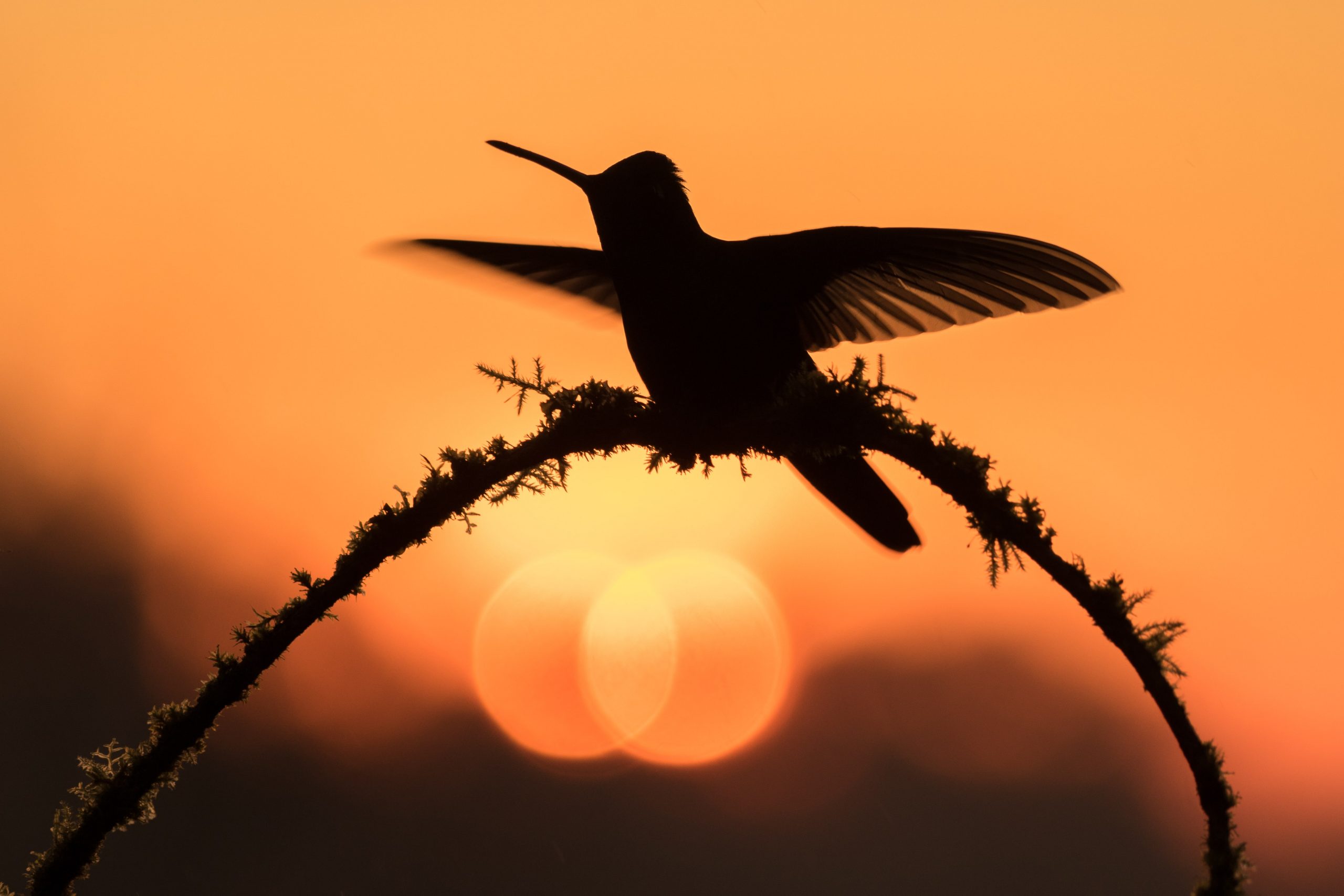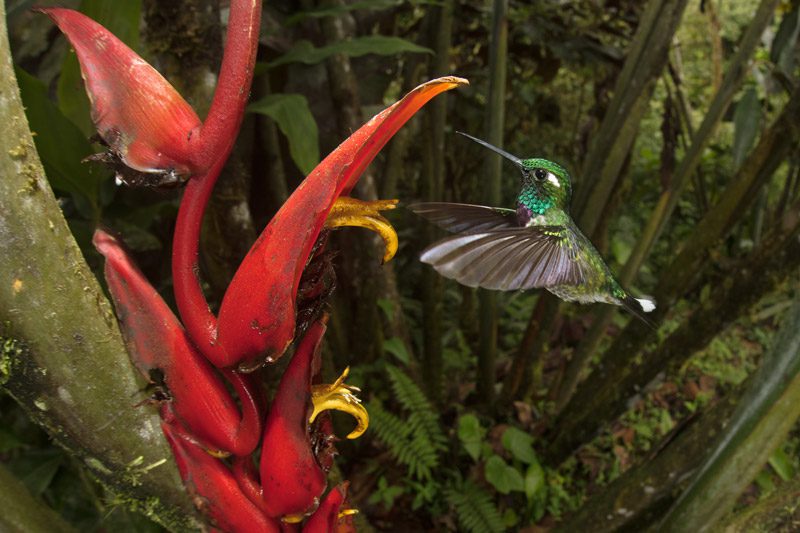
Photo Tips – Making an Image
Upon hearing that I work as a professional nature photographer, most people respond, “Oh that’s so cool. You get to travel around taking pictures!”
Now I know the comment is well-intentioned, and it certainly is a privilege making a career out of something I love to do. But taking pictures? That’s what any camera or smartphone can do. It takes a photographer to make an image, and that’s what I strive to do whenever I’m out photographing nature.
All right, you might ask, “OK, mister fancy artist, how do you go about ‘making your precious images’?”
Point taken. My intent here is not to sound pretentious, but to suggest ways that your own vision, planning and photographic knowledge can help you produce photos that stand out from the crowd.
In previous Howler articles, I’ve discussed the technicalities of camera settings such as aperture, shutter speed and ISO, as well as filters and exposure methods. I’ve also touched on more artistic aspects such as composition and the interplay between light and shadow.
It’s time now to talk about the possibilities of a scene … how you, as the camera master, can make it look the way your mind’s eye imagines, as opposed to literally. Here are three brief tips on how to realize your vision and go beyond the simple snapshot.
First, imagine and plan. Taking a picture is relatively straightforward. We see a great scene but maybe the light is no good. We shoot it anyway and we’re done. Making an image involves imagining how that scene would look at sunset, and deciding in advance exactly how to take that shot. We plan when and where we want to be, using the right camera, lens and exposure.
Second, try to conceptualize a photo as a combination of elements, rather than a particular subject. Think in terms of lines, for example, or light and shadow, as an artist would. It can elevate even a common subject to the level of a great image.
Third, know your gear and use it — along with patience and knowledge of your subject — to make special images. For instance, we’re walking along and see a cool bird feeding on some fallen fruit. We could just take a quick snap and move on, or we could imagine how to draw viewers into the scene for an intimate glimpse. Perhaps using a wide angle lens and triggering our camera from a distance would allow us to do that.

Going beyond simply taking pictures is not easy, with so many technical and logistical challenges to overcome. The trick is to think outside the box and try to envision new possibilities. Even those with limited photographic gear — yes, even smartphones — can learn to make images like no one else has.



